35 mm Single lens Reflex (SLR) Camera, 1956
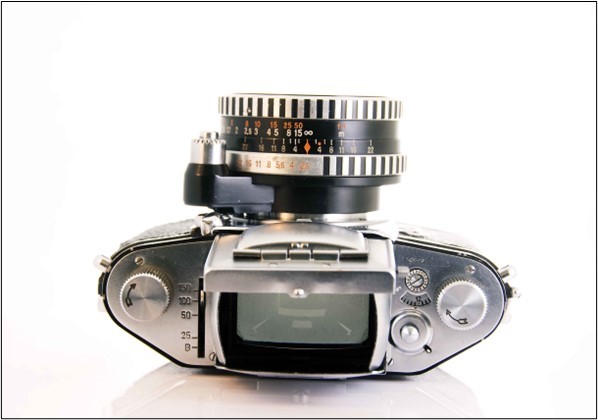
You love them or you hate them: The Exakta and the entry-level Exa 35 mm Single Lens Reflex (SLR) cameras. They are special, or at least different with their trapezoidal shape and left-front positioned shutter button. The Exa is even more special, with its special shutter and its gear-shift shutter speed selector.
The History
Johan Steenbergen
The Dutchman Johan Steenbergen was destined to take over his father’s business in trading cloth and clothing, but he was more interested in photography. After his father’s death, he closed the business and moved to Dresden, Germany. That was in the beginning of the 20th century. Dresden was then the center of photography development and production. He started as an apprentice for H. Ernemann KG. That was one of the founding companies of Zeiss Ikon AG in 1926, that became VEB Pentacon Dresden after the second World War.
The founding of Ihagee
Ihagee started making plate cameras and later also made roll-film cameras. The company made name with the 1921 Plan-Paff-Reflex 4.5 cm x 6 cm camera and the 1924 Patent-Klapp-Reflex 6.5 cm x 9 cm camera.
The best known camera of Ihagee, however, is the 1936 Kine Exakta, the first 35 mm Single Lens Reflex (SLR) camera. This camera was made by Karl Nüchterlein and shows the well-known trapezoidal form. Furthermore, it shows a left-frontal-placed shutter button and has a rubber-coated cloth, horizontal traveling, focal plane shutter with shutter speeds up to 1/1000 s. One explanation for the left-placed shutter is that the in-general dominant right hand should be used for focusing the lens. Another explanation is that Nüchterlein was left-handed. Nüchterlein was later, during the war, drafted and went missing in action.
After the second World War
In 1940, the Nazi regime in Germany shortly interned Steenbergen and his Jewish wife Elizabeth Nussbaum. The nazis confiscated their property and in 1941 the two – thanks to his wife’s status as an American citizen – were able to flee Germany. Steenbergen did not succeed to regain his company after the war.
When the war was over, Ihagee started again from the ruins of Dresden after the 1945 aerial bombing. Based on the work of Nüchterlein, Ihagee took the first 35 mm SLR with replaceable viewfinders into production in 1950: the Exakta Varex. They produced the Exakta Varex till 1967 and followed with the Exakta VX 1000 and VX 500. These two cameras were produced from 1967 till 1972. In Parallel with the Exakta Varex models, Ihagee introduced an entry level SLR, i.e., a simpler, cheaper version of the Exakta. That was the Exa. The production of the Exa ran from 1950 to 1987. Partly in parallel, the production of the Exa II ran from 1960 to 1969. From 1970 onwards the production was under control of VEB Pentacon Dresden.
The Exa was marketed as ‘cheap and easy to control. Perfect for mother!’ That way of advertising was not uncommon in the 1950s. Even in the 1970s Nikon advertised its EM model as ‘a small, cute, easy to use SLR camera for women.’ In practice, people already owning and Exakta often bought the Exa as a backup camera.
The Camera
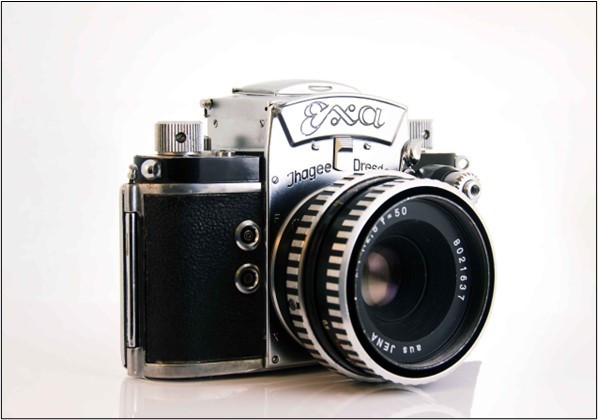
The Exa is a non-instant-return mirror SLR camera. It came standard with a waist level viewer, but that waist level viewer can be easily swapped with a (pentaprism) eyelevel viewfinder, just like for the Exakta cameras, see the picture below. Also, the lens mount is identical to that of the Exakta and allows the exchange of lenses. The Exa is just like the Exakta, but – due to the cheaper shutter design – only limited in shutter times.
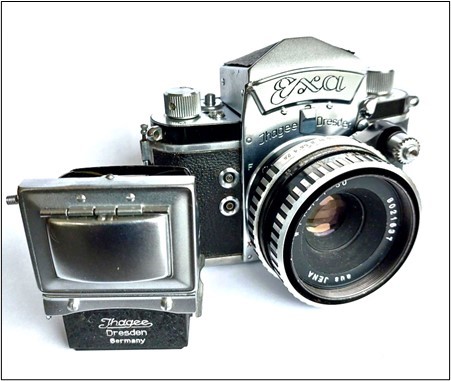
All the camera characteristics are in the list below:
- Produced 1950-1987, Ihagee Dresden, former German Democratic Republic (GDR)
- Type (non-instant-return mirror) Single Lens Reflex (SLR)
- Film type 135 (35 mm)
- Negative size 24 mm x 36 mm
- Dimensions 130 mm x 90 mm x 50 mm (body only, collapsed viewfinder, 130 mm x 120 mm x 85 mm with lens)
- Weight 589 g (body only, 746 g with lens)
- Lens mount Exakta bayonet
- Lens Exacta, here: Aus Jena, T 1:2,8 f=50
- Focal range na (for Aus Jena, T 1:2,8 f=50: 0.50m to infinity)
- Filter size na (for Aus Jena, T 1:2,8 f=50: 49 mm)
- Shutter vertically travelling, clam shell shutter, the mirror acting as one of the ‘curtains’
- Shutter speeds B, 1/52, 1/50, 1/100, 1/150 s
- Aperture values na (for Aus Jena, T 1:2,8 f=50: f/2.8, f/4, f/5.6, f/8, f/11, f/16, f/22)
- Viewfinder waist level finder, exchangeable for (metered) pentaprism finder
- Exposure meter na
- Self-timer na
- Accessory shoe na
- PC sync flash contact F(M) for bulbs and X for electronic flash
- Frame counter additive, manual reset
Operation and Dials
All the camera dials of the Exa, with the exception of the shutter release button,are on the top plate.
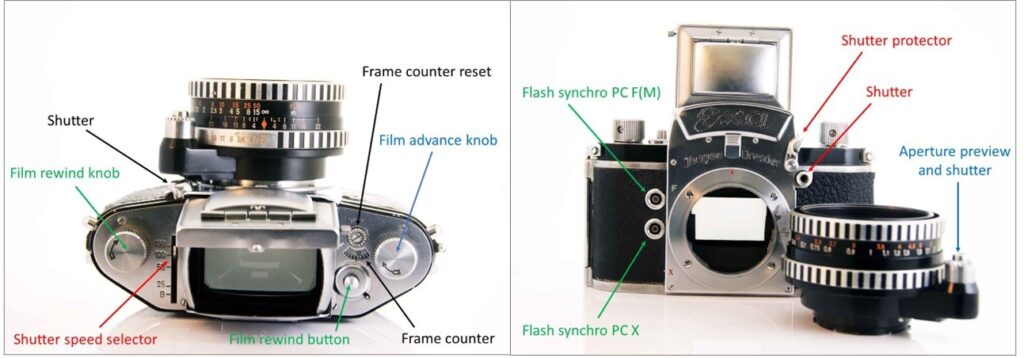
Top plate
The film rewind knob is on the far left of the top plate. When rewinding the film, we need to simultaneously depress the rewind button that is on the right. (The little latch that is at the right bottom of this button is pulled backwards and forwards after finishing rewinding). Also on the left, next to the viewfinder, is the shutter speed selector with the limited number of shutter speeds. To the right of the viewfinder is the frame counter, with above it the manual reset dial and to the far right we will find the film advance knob.
Camera front
On the front of the camera, we find, on the left – looking towards the front – two flash synchronization Prontor/Compur (PC) connectors. On the right we find the shutter release button and – a very nice detail, I think – a removable cap protector. This protector, when slid over the shutter release button, prevents an accidental firing of the shutter.
Aperture release functionality
This camera does not have an automatic aperture release function. But, the lens is providing that functionality. The shown lens has a protruding knob that functions as an extension of the Exa’s shutter knob. It also provides this aperture release functionality. After we set the aperture on the lens, the aperture remains full open to aid in providing a bright viewfinder screen. When we push the protruding knob, we will first activate the aperture and then release the shutter. When we push this knob halfway, it functions as a depth of field knob. The aperture is set then, but the shutter is not released yet. That automatically brings us to the viewfinder.
Viewfinder
Pushing the button on the back of the folded-up waist-level viewfinder unfolds the viewfinder and shows the image on the ground glass. That ground glass image is top-down correct. Left and right of the image, however, are interchanged. The aperture of the lens is full-open, despite what value is set. This helps in keeping the mage as bright as possible.
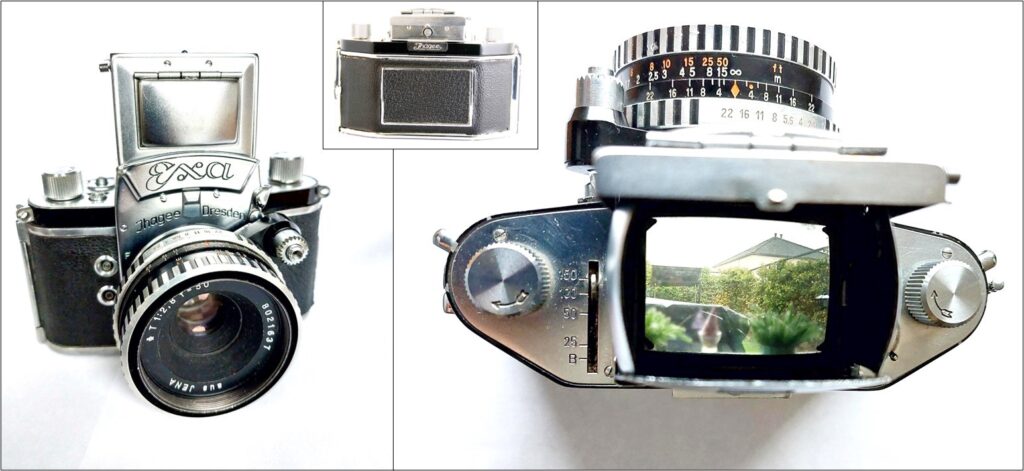
Pop-up magnifier
The first 35 mm SLR camera (the Kine Exakta) came with a waist level viewfinder. These viewfinders were common then in mid-format cameras, like the Ihagee Patent-Klapp-Reflex camera and the Franke & Heidecke Rolleiflex Twin-Lens-Reflex (TLR) camera. Like in the mid-format cameras, 35 mm waist level finders often are equipped with a small (circular) pop-up magnifying lens. Looking from close distance through this lens, a part of the viewfinder is magnified to aid in focusing. The pop-up magnifying lens in the waist-level viewfinder of the Exa is large and rectangular and covers the compete viewfinder field.

Sports-finder
We can also modify the viewfinder to become a so-called ‘sports finder’, i.e. a combination of a small rectangular frame at the eye-side with a larger rectangular frame at the object-side. Thereto, we will pop up the magnifying lens and open the metal window in front of the waist-level viewfinder.
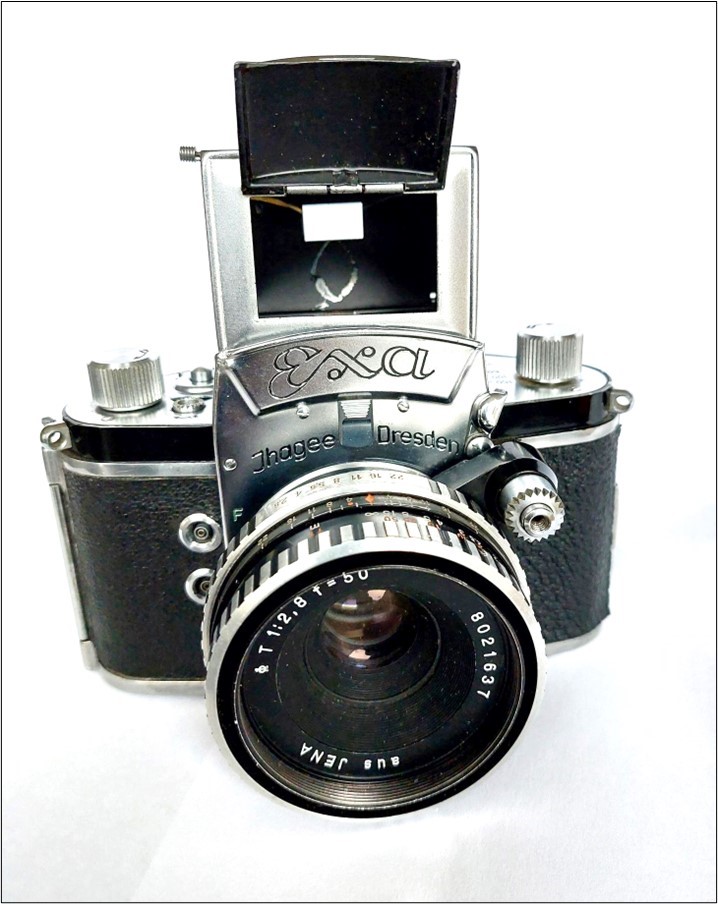
Camera Bottom and Side
The bottom of the camera only reveals a 3/8 inch threaded tripod socket. The left side (looking at the back of the camera) shows the latch for opening the camera backside. The backside is hinged on the right side. We can take out te inner part of the hinge to completely remove the backside.
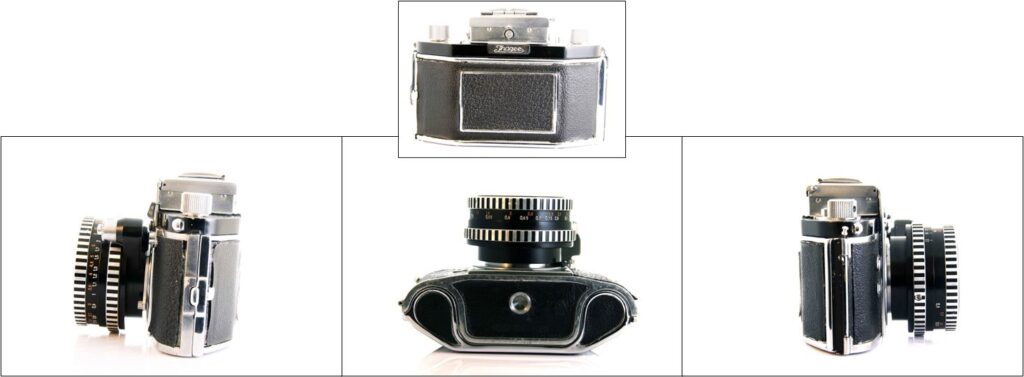
The camera takes a standard 35 mm cassette film. We insert the cassette on the left and spool the film to the right. We can take out the take-up spool. The reason for this is that we can use a second cassette to take up the film. A rewinding is not necessary then. We pay for this option by the loss of two additional frames that could have been shot when the film was rewinded.
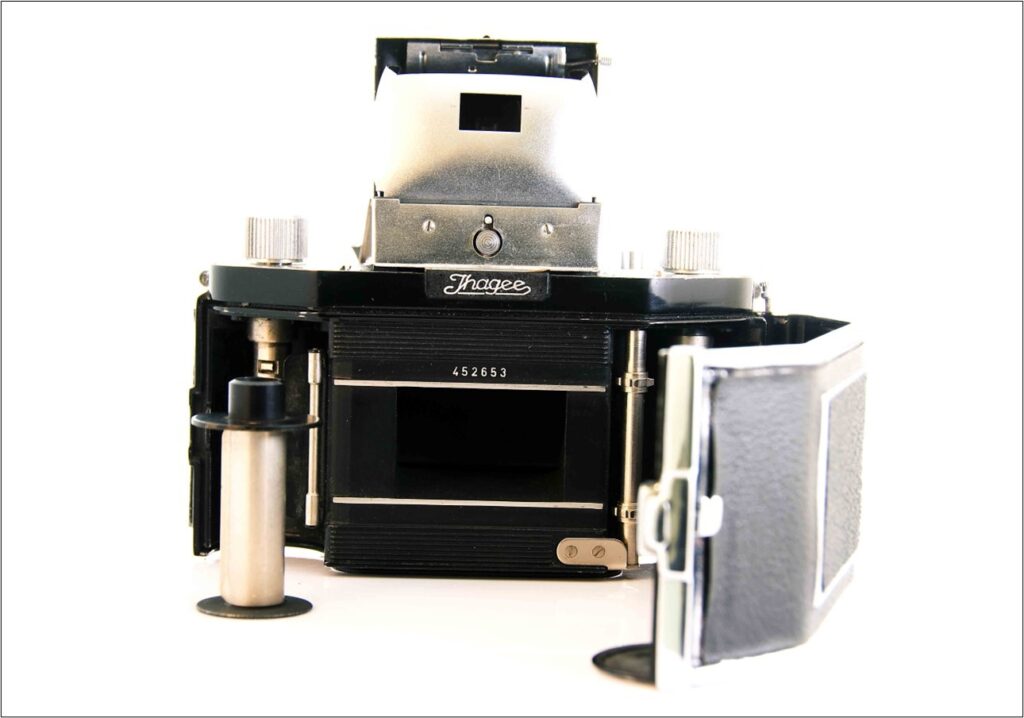
User Experience
Waist-level finder
Upon loading the Exa with a short roll of (bulk) Fomapan 100 film, I intended to swap the waist-level viewfinder with an Exakta eyelevel pentaprism viewfinder. Composing at waist-level with a 35 mm camera is doable, but I find the focusing impossible with the small image and my experience with magnifying glasses for waist-level finders is not very positive. But then I discovered the large magnifying lens of the Exa waist-level finder. When brought to the eye, this lens magnifies the whole viewfinder image and I find that an enormous improvement over the partial-magnifying ones. So, I set out with the Exa with waist-level finder.
Shutter speeds
The limited range of shutter speeds, with a fastest one being1/250 s made me worry a bit about my choice for an ISO 100 film. It might force me to use rather small apertures.
Handling
The camera feels and handles well, but – for me – tends to be a bit on the small side for waist-level use. I think that this camera feels better when used with an eyelevel finder. The build quality is good, but the materials used are not as good as for example those in the Contax and Pentacon SLR cameras from the same era and area. The metal plates appear to be a bit thin.
The sequential aperture activation and shutter release through the lens plunger is something I need to get used to. A few times I thought that the shutter was hung up, judging from the viewfinder going black. It turned out that I had not released the shutter yet, but had only activated the aperture. It is difficult to tell in the field – based on hearing – when the shutter is released. The Exa is very quiet. Popular Photography of December 1963 described the camera as the “quietest SLR around.” The left-handed shutter release was not really a problem for me when operated at the waist. On eyelevel though (using the magnifying lens) I tended to use my left hand for focusing – as with any other SLR – and that left the side of the left thumb for releasing the shutter. Doable, but awkward.
With the waist-lever viewfinder sides folded, the camera is very compact for a SLR.
The pictures I have taken are shown below:
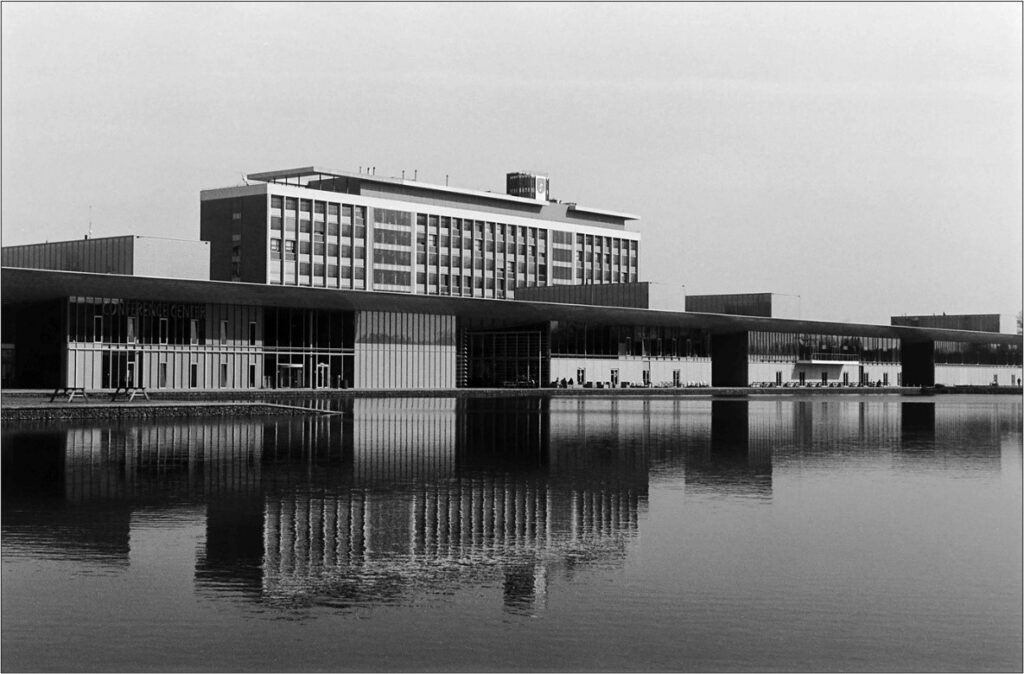
Philips building at High Tech Campus Eindhoven, The Netherlands
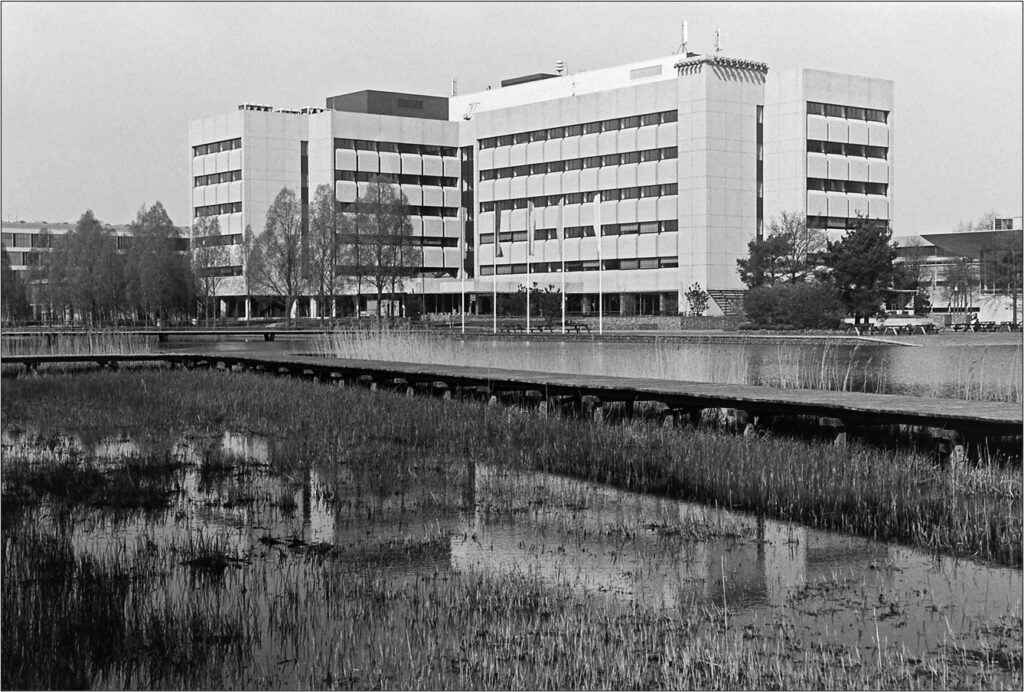
Office building at High Tech Campus Eindhoven, The Netherlands
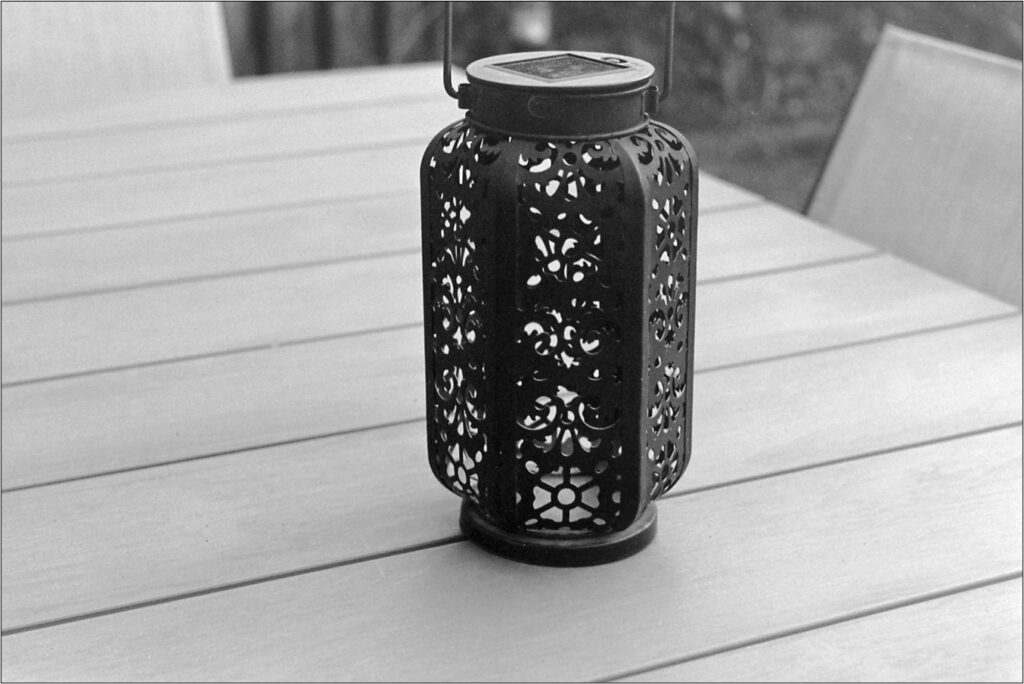
Table light

Flowers
The pictures show, that even with the limited set of shutter speeds, it is possible – using an ISO 100 film – to use a wide range of aperture values.
Conclusion
The 1956 Ihagee Exa is a camera that stands out due to its heritage and due to being different. It stems from the first 35 mm SLR camera, the 1936 Ihagee Kine Exakta. It is different due to the typical Ihagee trapezoidal form, the nice calligraphed lettering, the genius but limited-speed clam shell shutter and above all, the left-handed shutter operation.
You love it or you hate it. Something in between does not seem to be possible. I love it, even though I find the left-hand shutter operation a bit difficult – but not impossible – to deal with. The shutter design in which the mirror operates as the opening curtain is brilliant, but limits the shutter speed to a fastest value of 1/150 s. But, this does not necessarily be problematic, even when using ISO 100 film. I was able to use the complete aperture range at ISO100. So, this shutter design for creating an entry-level Exakta camera works out fine as far as I’m concerned.
The camera comes standard with a waist-level viewfinder, but that can be replaced with an (Exakta) eye-level pentaprism viewfinder. The pop-up magnifying lens that comes with the waist-level viewfinder is a large, rectangular one that magnifies the complete viewfinder image. I find this a delight and I wonder why this concept has not been followed by other camera manufacturers.
The build quality is good, but the metals used appear a bit thin to my taste. The Contax and Pentacon cameras, stemming from the same era and area do feel more solid. But the fact that this Exa specimen has survived for more than 60 years and still is completely functional must mean that the materials are OK. I think that I will use this camera more often.
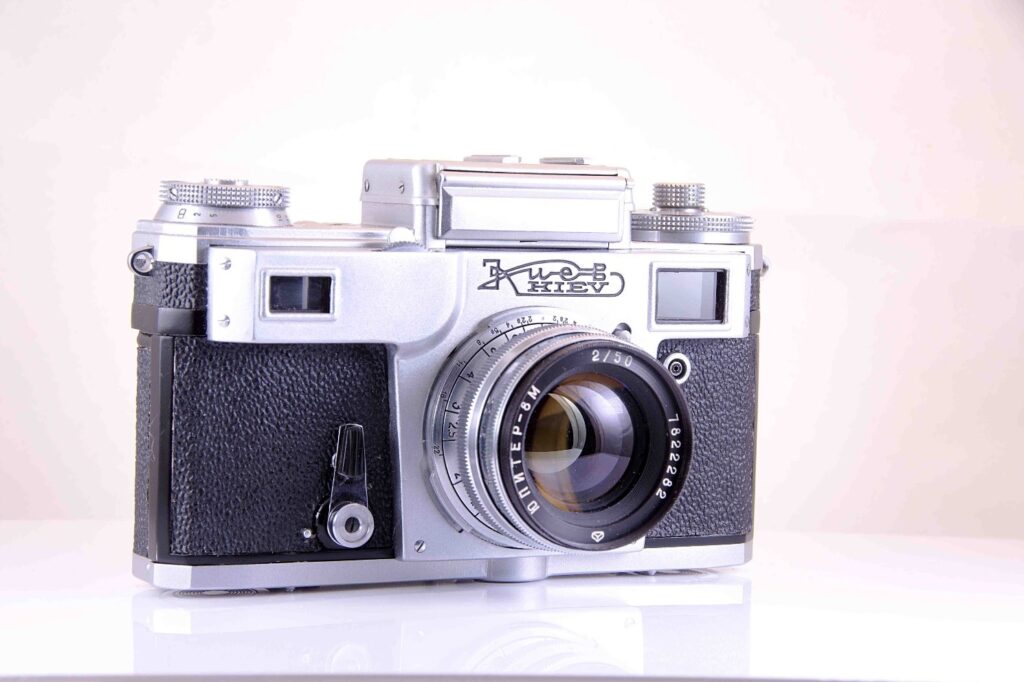
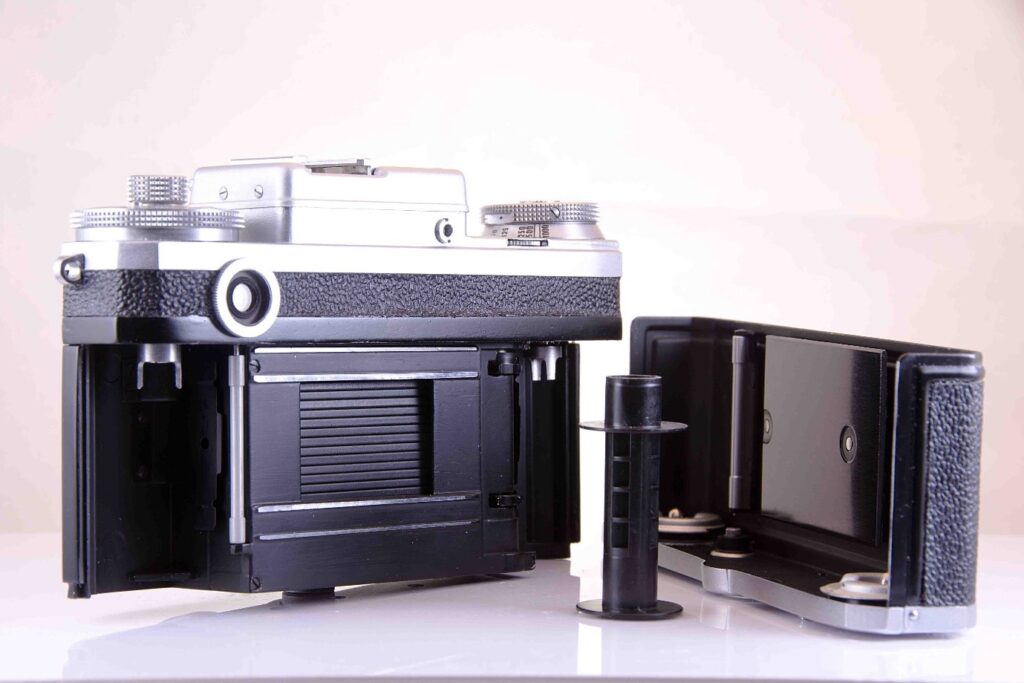
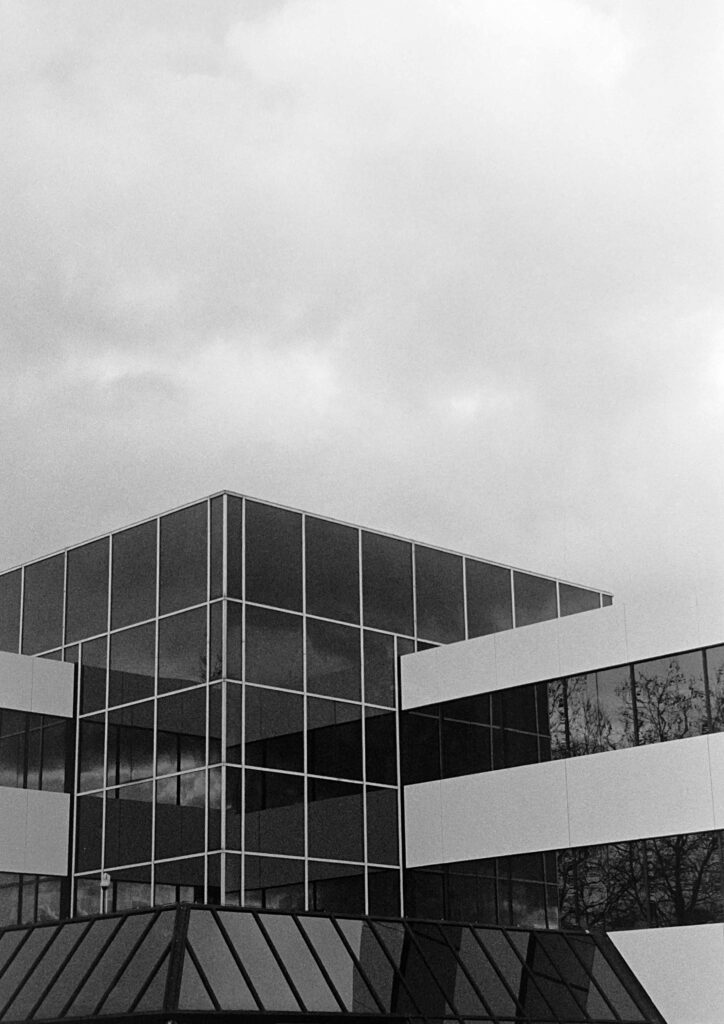
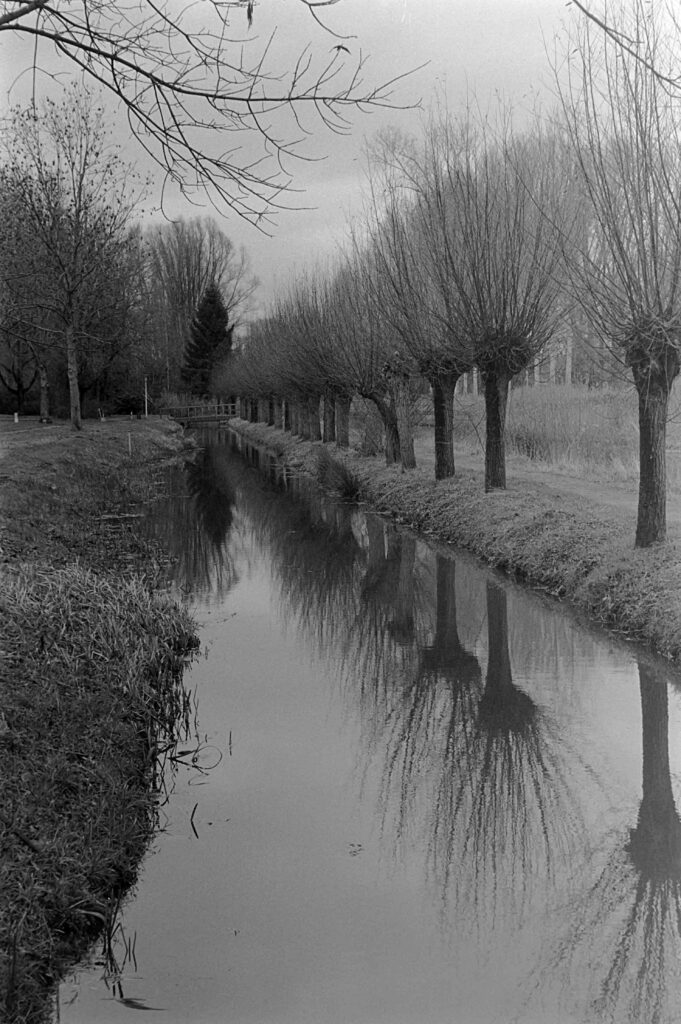
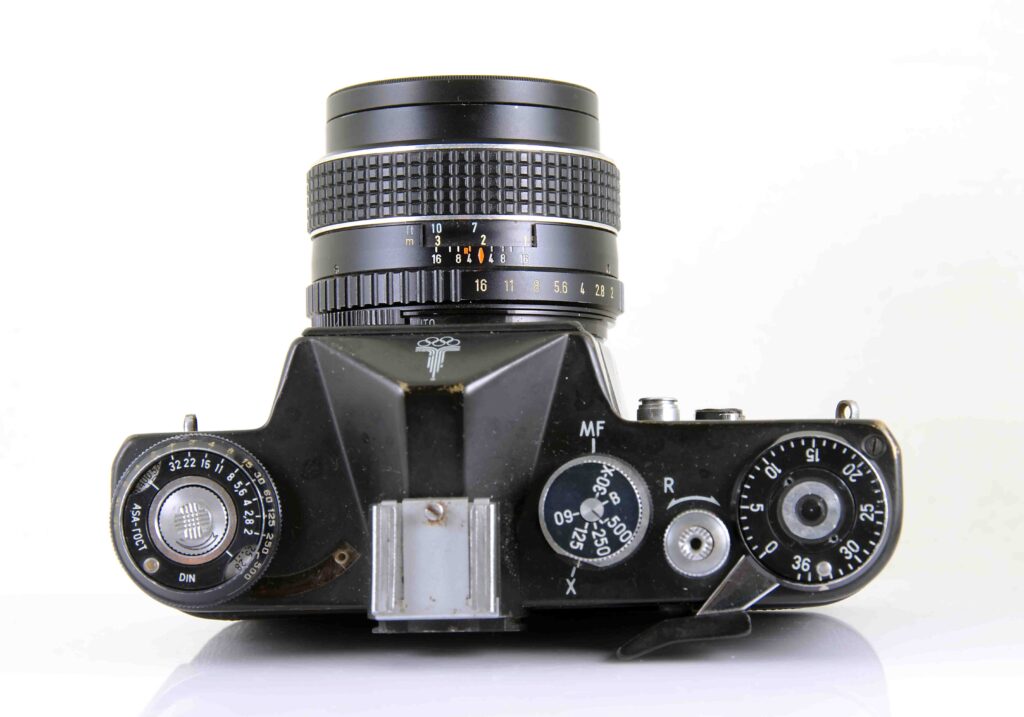
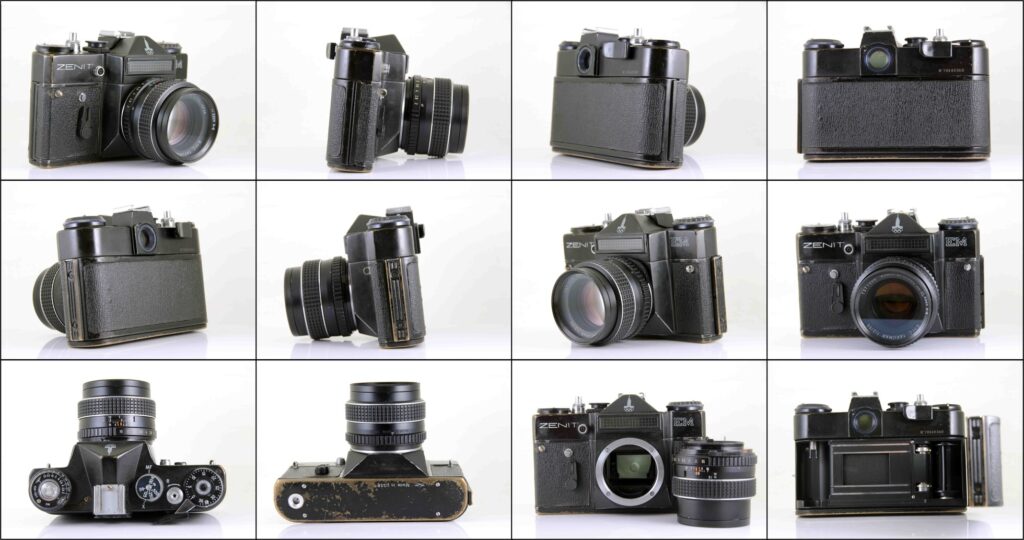
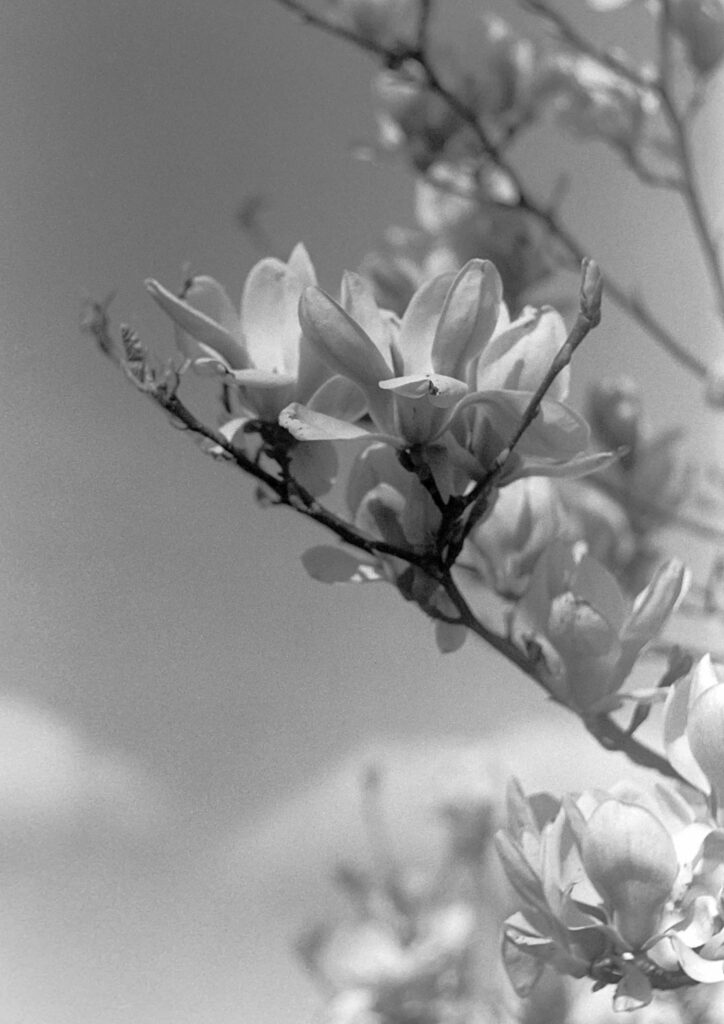
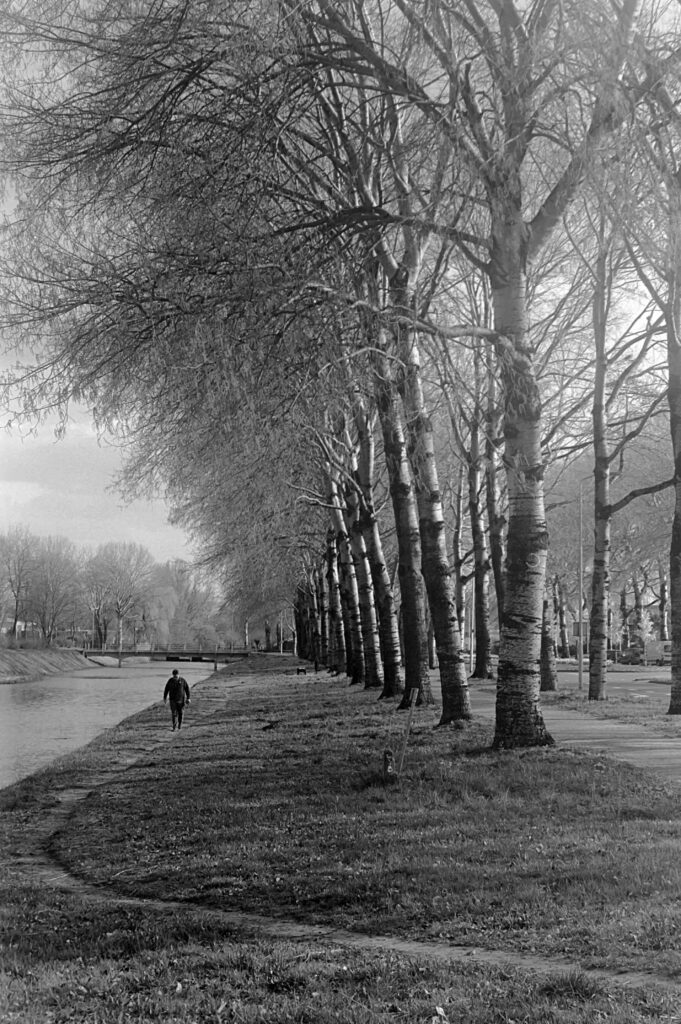
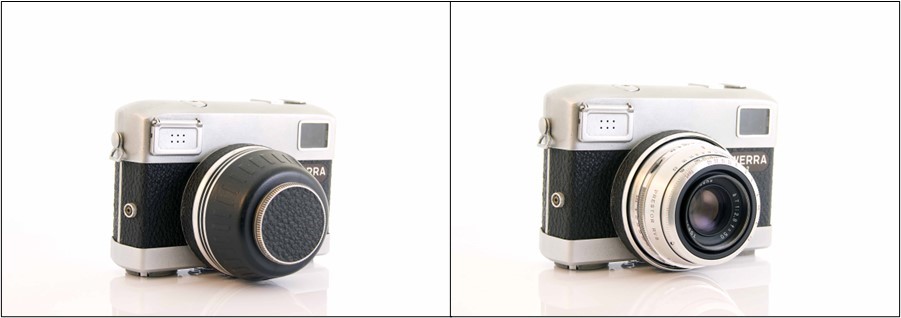
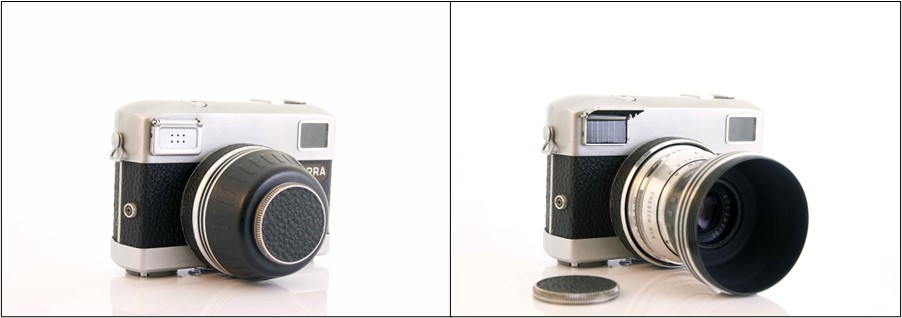
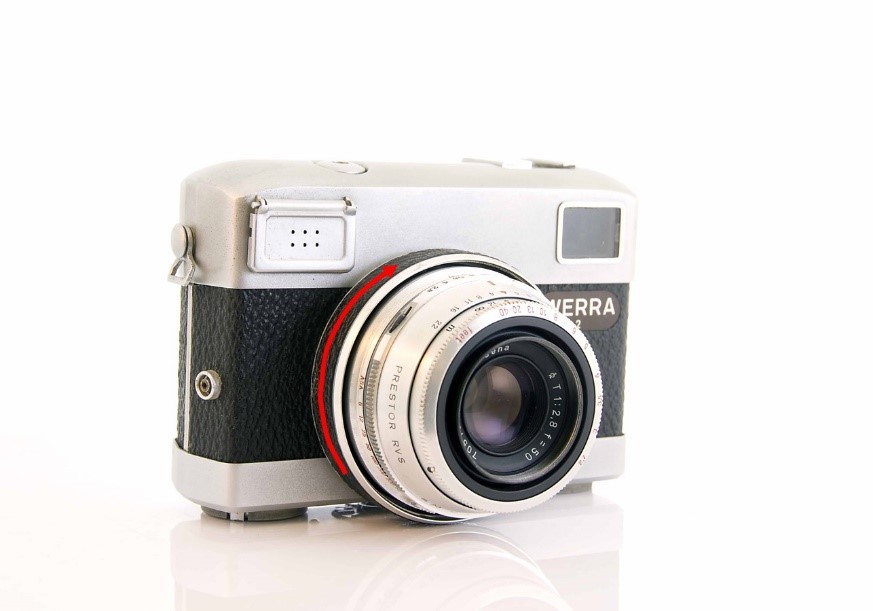
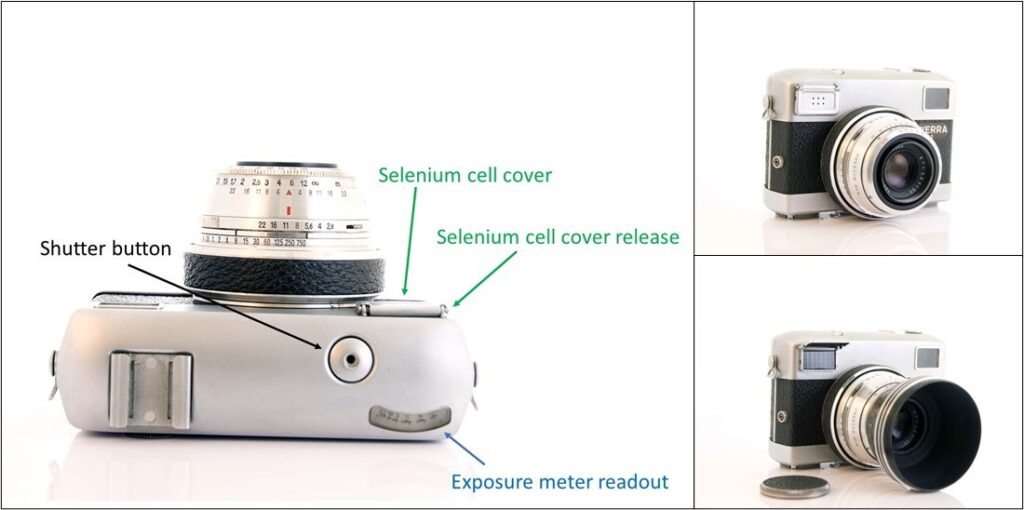
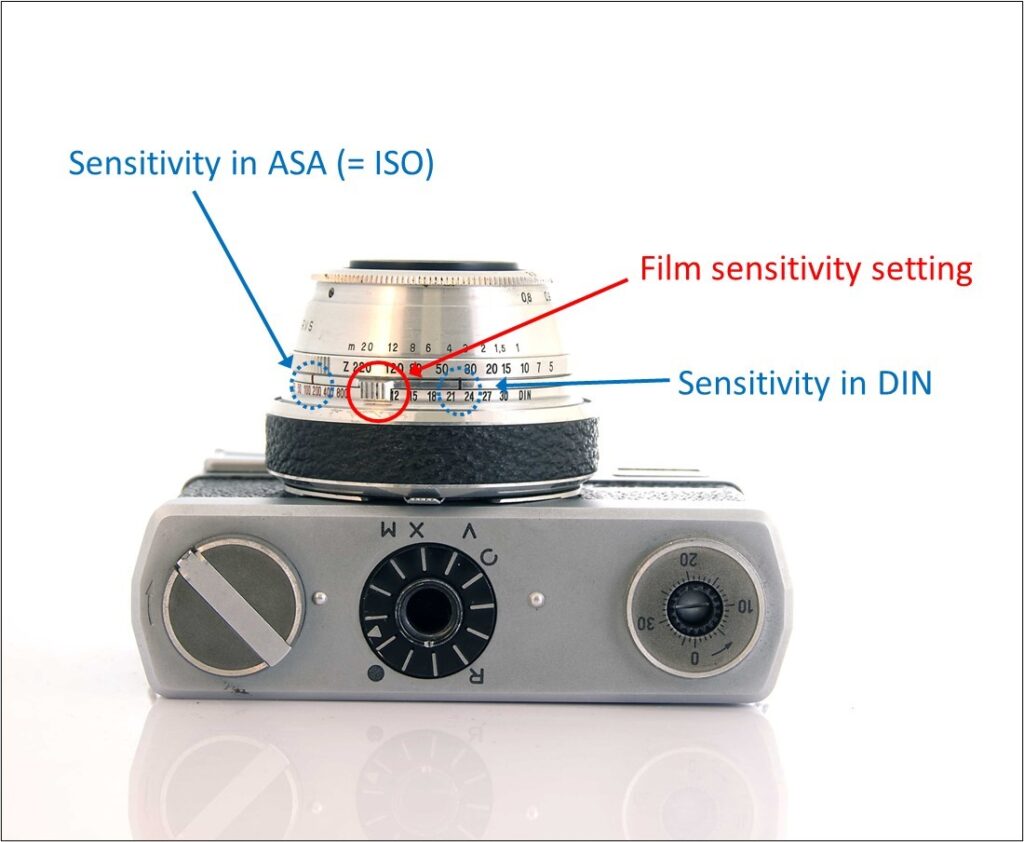
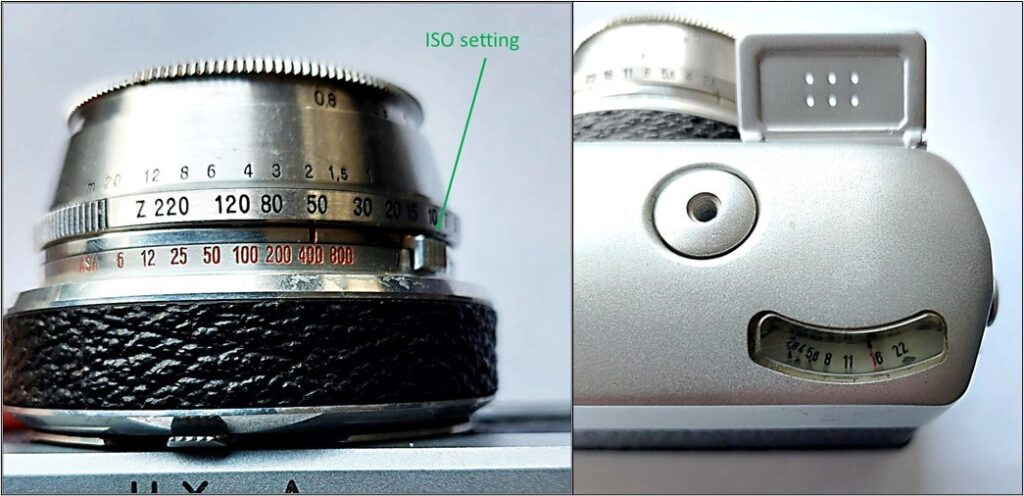
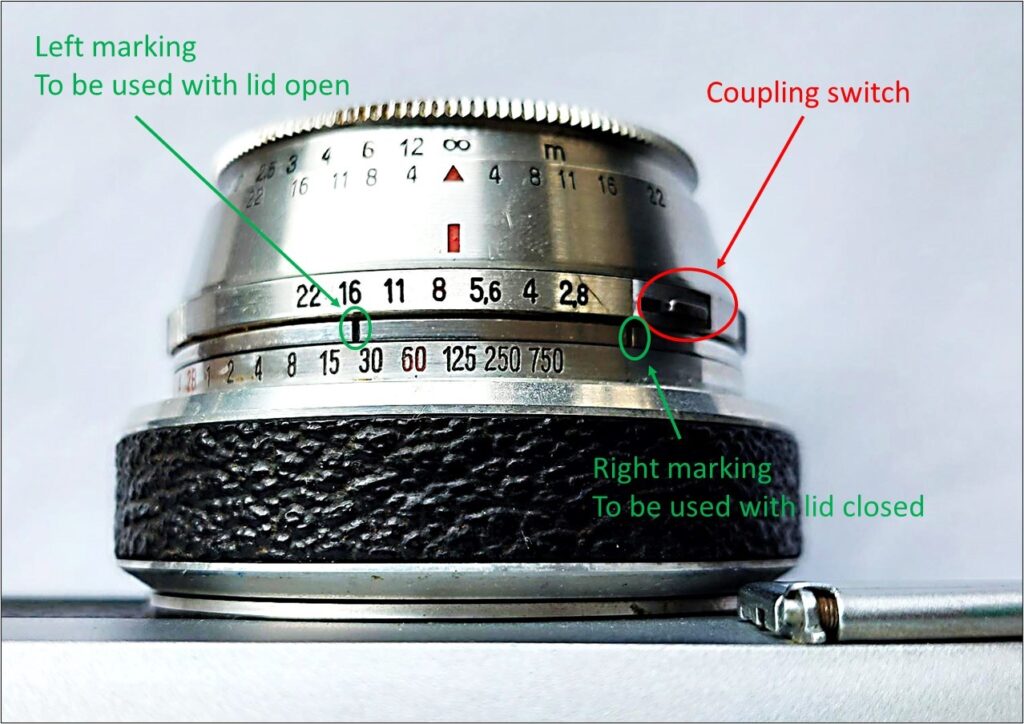


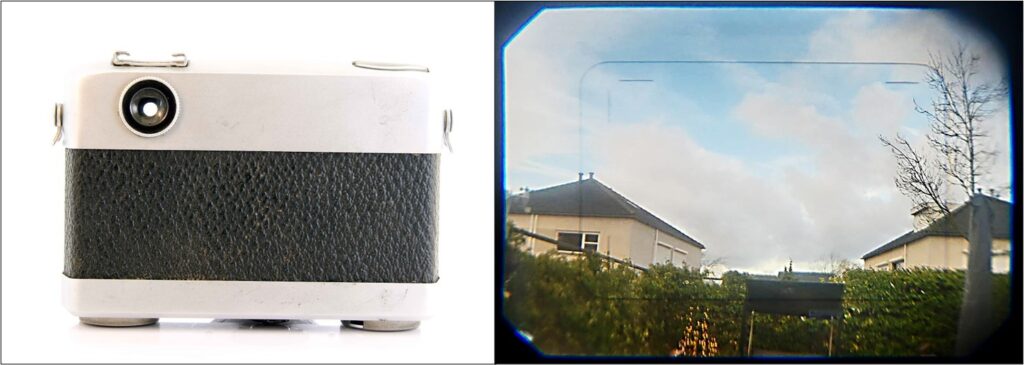 .
.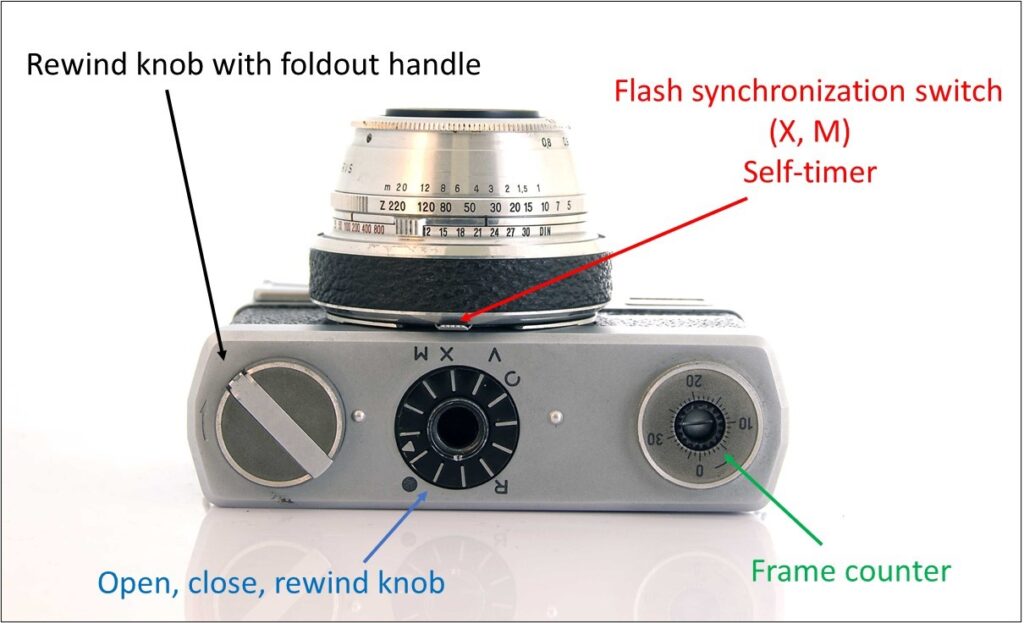
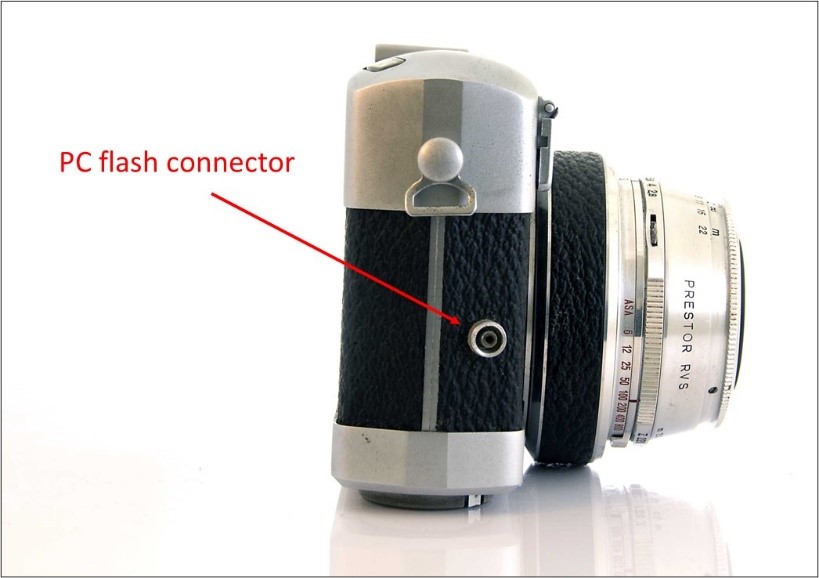
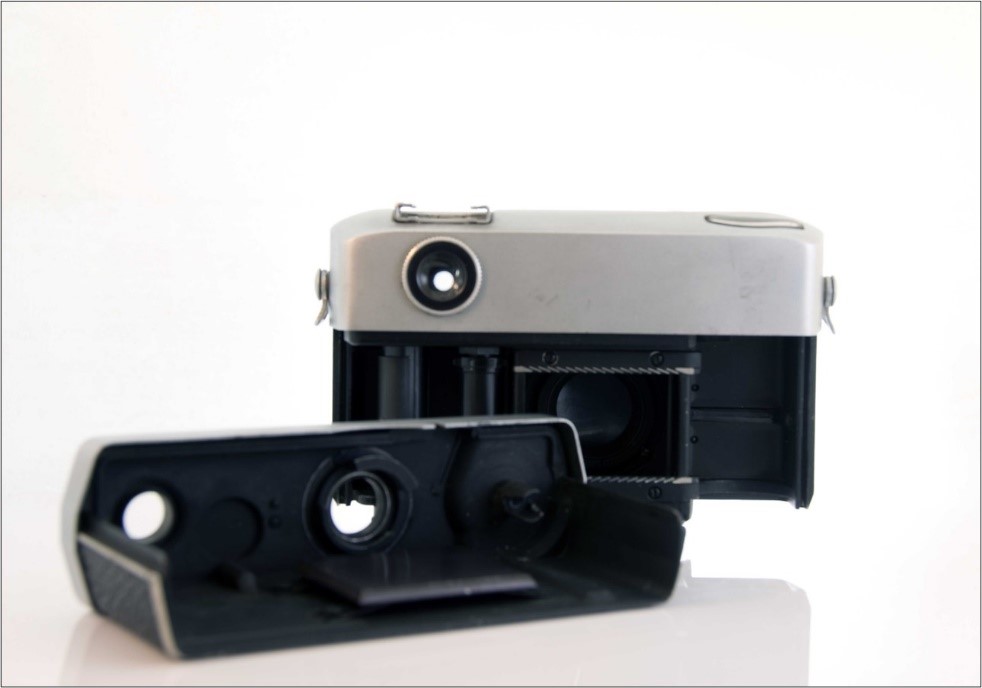
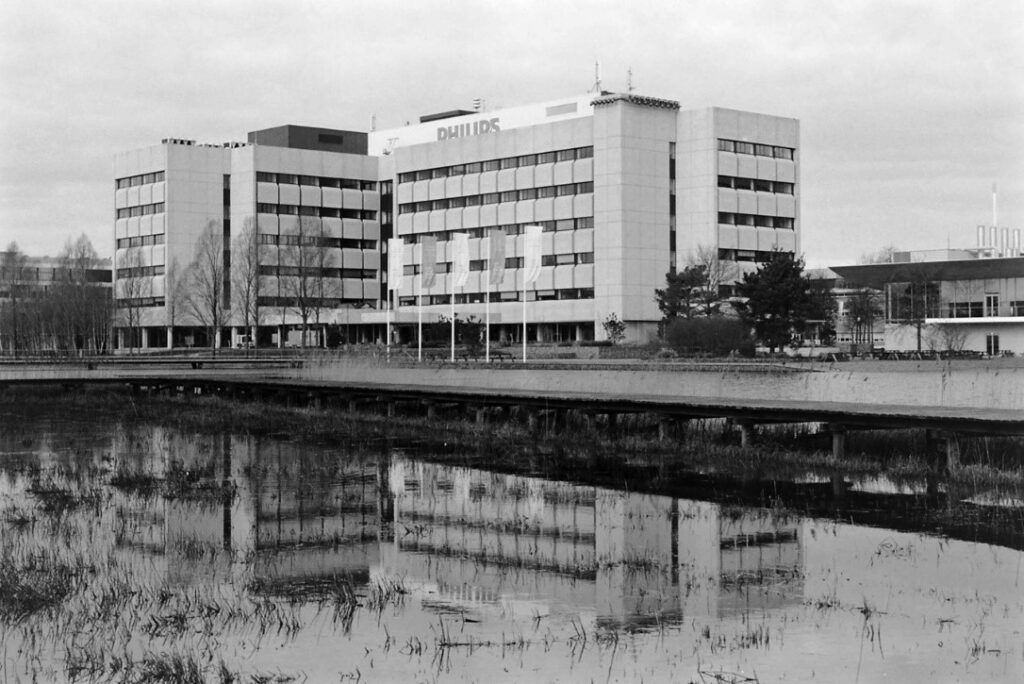
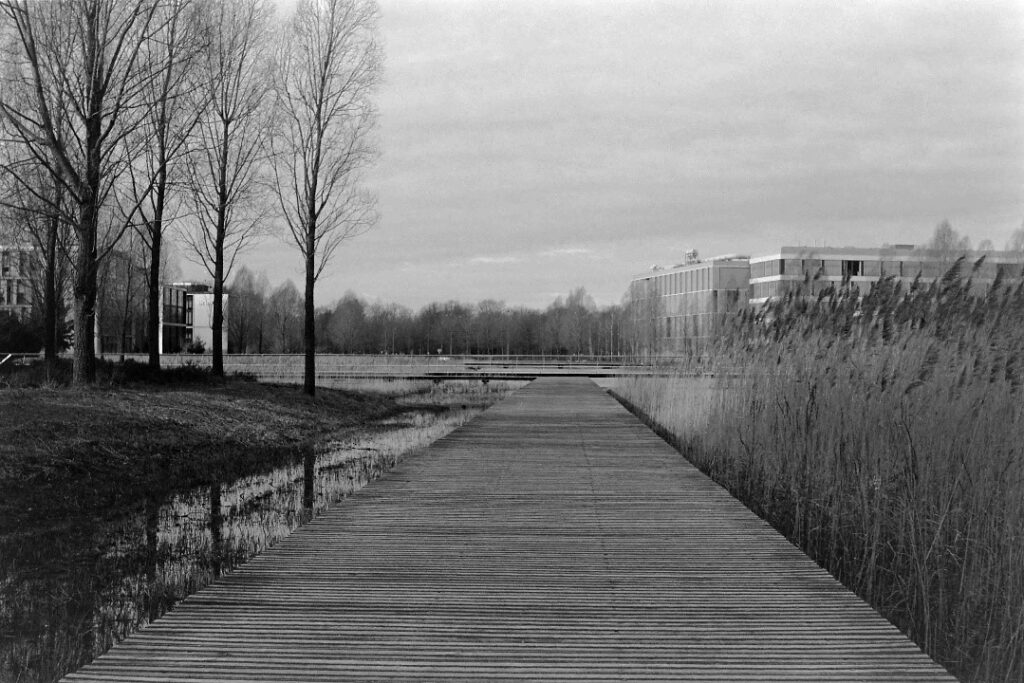
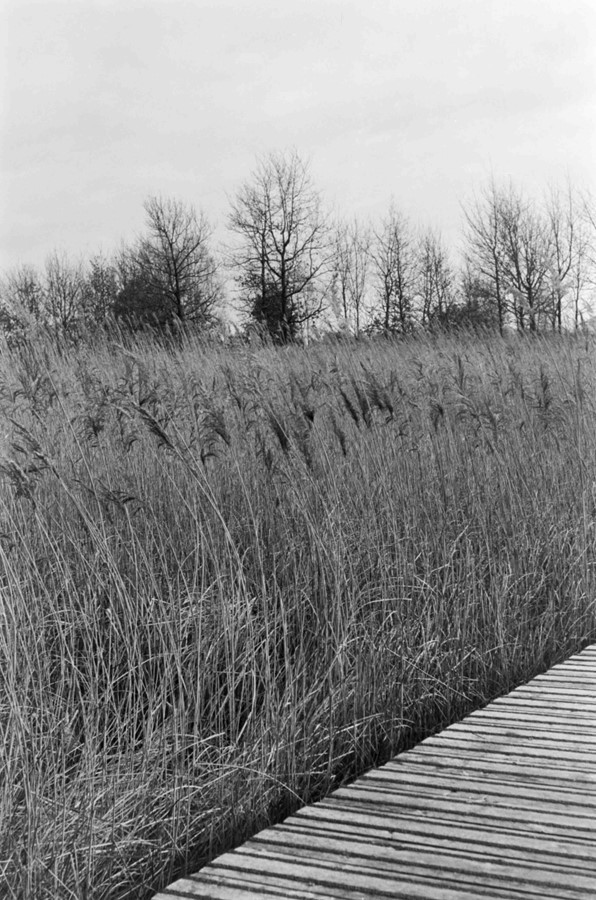
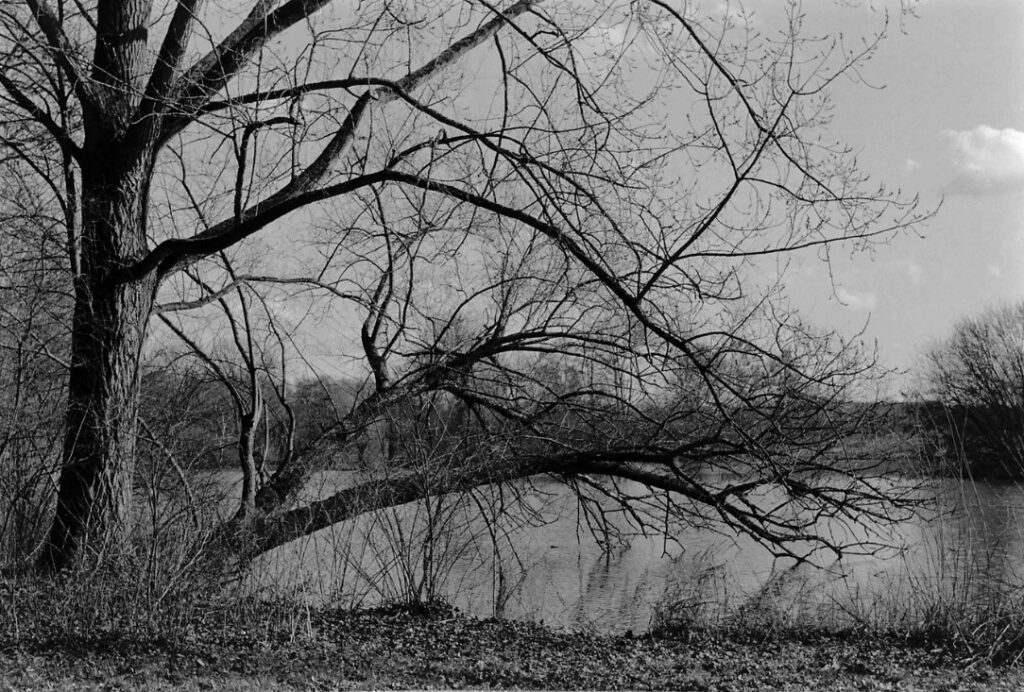
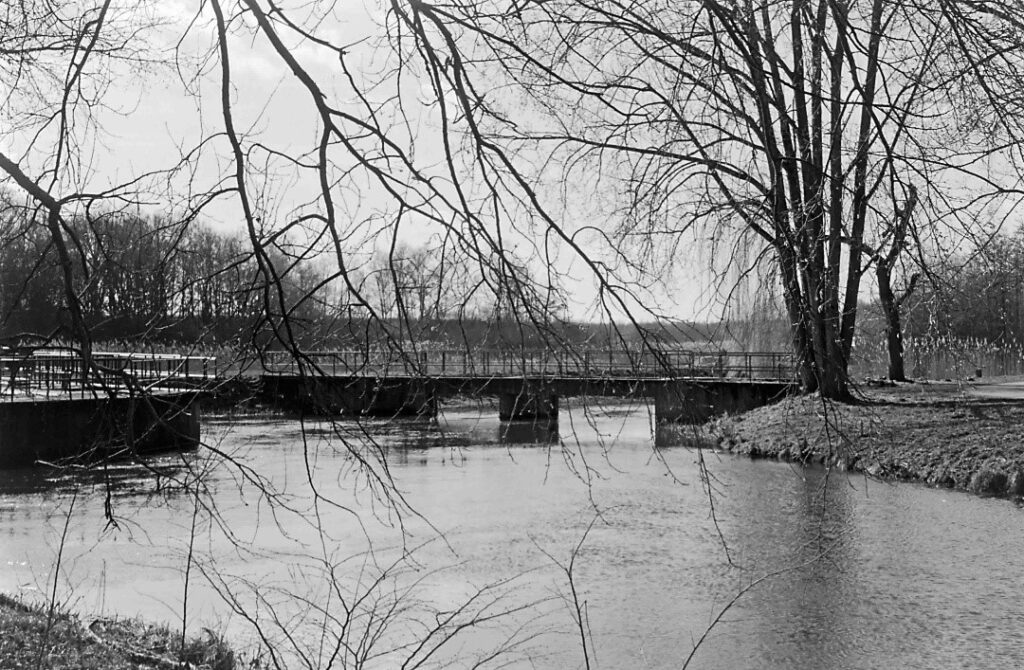
0 Comments